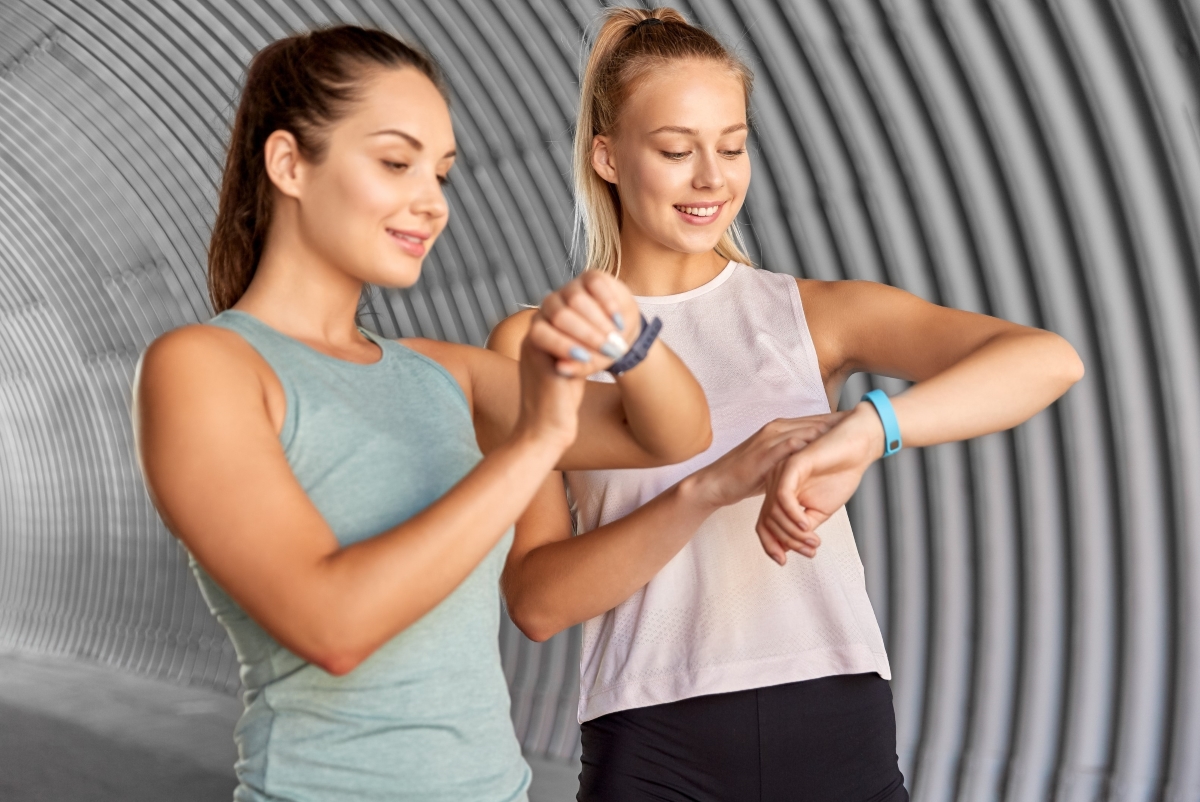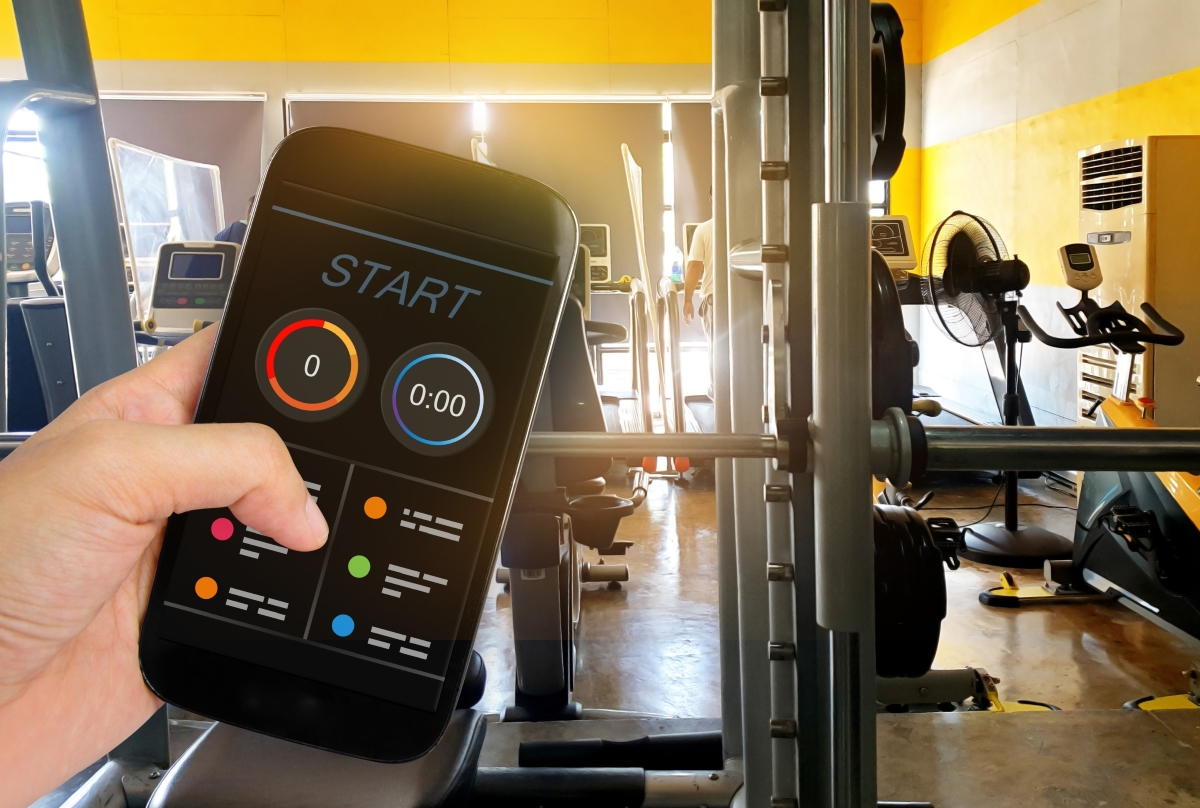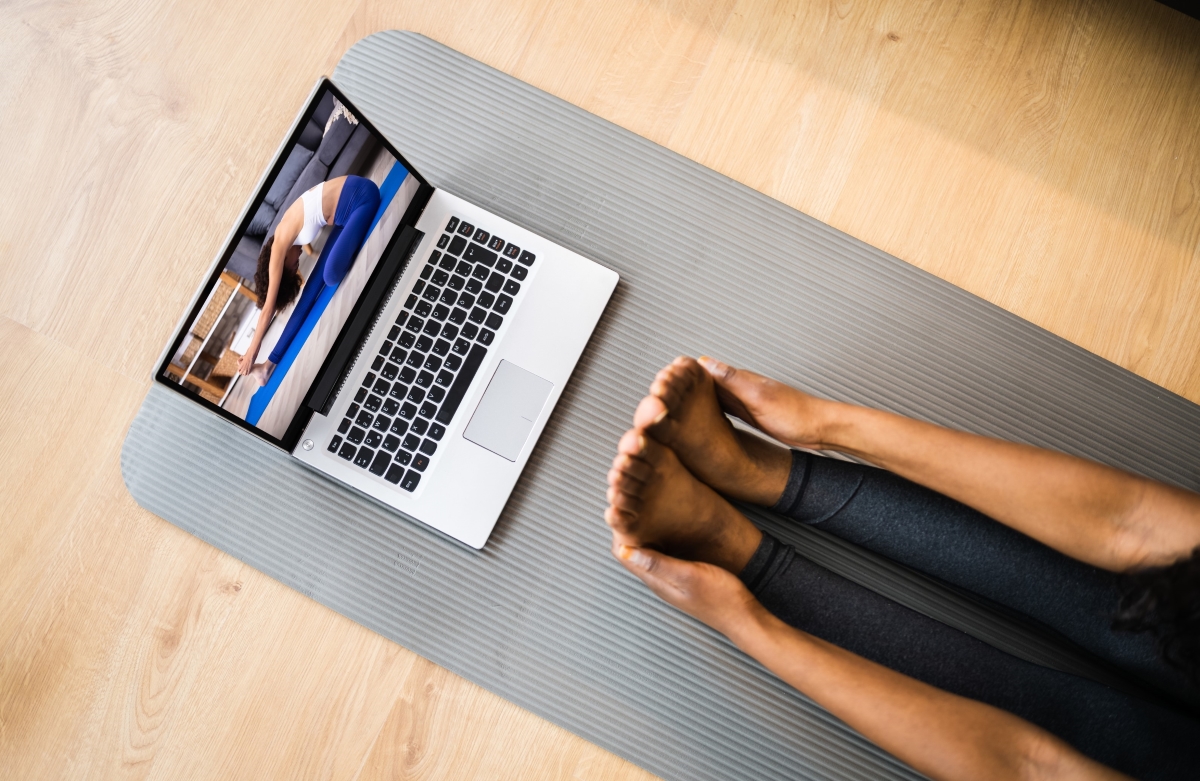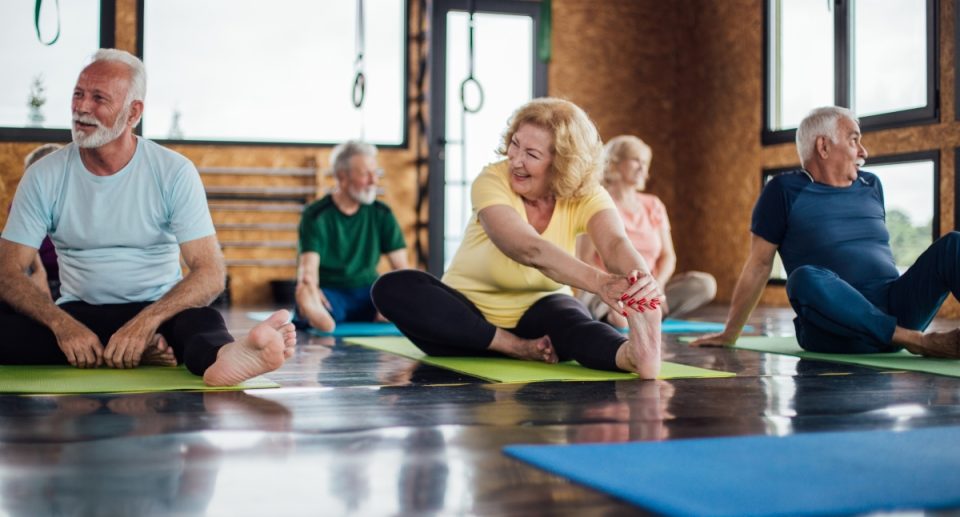Home Fitness Tech for Seniors: Using Devices and Apps to Stay Active

Staying active is key to maintaining a healthy lifestyle, and modern technology has made it easier than ever to incorporate fitness into daily routines, even from the comfort of home. Fitness tech allows seniors to stay engaged, monitor their health, and achieve personal wellness goals without visiting a gym or working with a personal trainer. Devices like fitness trackers, smartwatches, and home exercise apps are designed to make exercising more accessible, fun, and tailored to individual needs.
This blog post will explore how seniors can leverage home fitness technology to stay active and improve overall well-being.
Fitness Trackers: Your Personal Activity Coach

Fitness trackers, such as Fitbit, Garmin, and Apple Watch, have become increasingly popular due to their ease of use and wide range of health-tracking features. These wearable devices allow seniors to monitor their activity levels, heart rate, and even sleep patterns, making them an excellent tool for staying active and healthy.
- Step Counting: Most fitness trackers have a built-in pedometer to track the number of steps taken daily. Seniors can set step goals and receive gentle reminders to keep moving throughout the day. Aiming for 5,000 to 10,000 steps per day can be a good way to stay active without overexertion. Fitness trackers offer visual feedback on progress, which can be motivating and encouraging.
- Heart Rate Monitoring: Regular physical activity is important for cardiovascular health, and fitness trackers allow seniors to monitor their heart rate in real-time. Many devices provide notifications when the heart rate enters a particular zone, helping seniors gauge whether they are working out at the right intensity.
- Reminders and Alerts: One of the most valuable features for seniors is the ability to set reminders to move. Fitness trackers can send gentle vibrations to prompt users to stand up, stretch, or take a short walk, ensuring they stay active throughout the day.
- Sleep Tracking: Quality sleep is vital for recovery and overall health. Fitness trackers can monitor sleep patterns, giving seniors insights into how much deep and restful sleep they get each night. By adjusting daily habits based on this data, seniors can improve their sleep hygiene and feel more energized.
Smartwatches: A Comprehensive Health and Fitness Tool

While fitness trackers are primarily designed to monitor activity, smartwatches such as the Apple Watch or Samsung Galaxy Watch offer a broader range of features. These devices track fitness metrics, provide access to apps, allow users to make calls, and offer additional health-focused tools like ECG monitors and fall detection.
- Activity and Exercise Apps: Smartwatches often integrate with various fitness apps that offer guided workouts, personalized exercise plans, and challenges. For example, apps like Nike Training Club or Apple Fitness+ provide seniors with structured workouts that can be done at home with minimal equipment. Many of these workouts focus on balance, flexibility, and strength, which are crucial for seniors.
- Health Monitoring: Smartwatches provide advanced health features such as electrocardiograms (ECG) and oxygen saturation (SpO2) readings. For seniors managing chronic conditions or those at risk for heart disease, these tools can provide valuable health insights and even alert them to irregularities. Some smartwatches also have fall detection features, automatically alert emergency contacts if a fall is detected.
- Customizable Notifications: Smartwatches can be personalized to send reminders to take medication, hydrate, or complete fitness goals. This added layer of customization makes it easier for seniors to stick to a daily wellness routine.
Home Exercise Apps: Guided Workouts at Your Fingertips

Fitness apps are an excellent solution for seniors who may not have access to a gym or prefer to exercise at home. Countless apps cater to all fitness levels, many of which offer low-impact exercises suitable for seniors. Here are a few recommended options:
- SilverSneakers GO: Specifically designed for older adults, SilverSneakers GO provides guided workout programs focusing on balance, strength, and mobility. It includes video tutorials, allowing seniors to follow along with professional instructors. The app also allows users to track their progress and set fitness goals, creating a structured exercise routine.
- Sworkit Senior Workouts: Sworkit offers a variety of workouts tailored to seniors, including flexibility, strength, and cardio exercises. The app allows users to customize the duration and intensity of their workouts, adapting to individual needs and fitness levels. Sworkit’s guided videos are easy to follow and can be done from the comfort of your home.
- FitOn: FitOn is a free app that offers a range of guided workouts, including those focused on low-impact exercises. Seniors can explore different categories, such as yoga, pilates, and stretching routines. The app also includes mindfulness and meditation sessions, helping users maintain physical and mental wellness.
- Daily Yoga: Yoga is a gentle exercise that promotes flexibility, balance, and relaxation. Daily Yoga provides easy-to-follow guided sessions, with specific programs designed for seniors. The app also offers modifications for users with mobility issues or need to practice from a seated position.
Virtual Fitness Classes: Staying Connected While Exercising

In addition to on-demand workout apps, many seniors take virtual fitness classes to stay active while maintaining a sense of community. Virtual classes offer the chance to join live, instructor-led workouts from home, providing a more interactive and social experience.
- Zoom or Video-Hosted Classes: Many fitness studios and organizations now offer virtual classes through platforms like Zoom. Seniors can sign up for sessions in various disciplines, including tai chi, yoga, dance, and strength training. These classes are often small, allowing instructors to give personalized attention and guidance. Even virtually, participating in a group fitness class can provide motivation and camaraderie.
- Subscription-Based Fitness Services: Platforms like Peloton, Beachbody On Demand, and Mirror provide seniors access to live and on-demand workout classes. While these services often require a subscription, they offer a wide range of classes that cater to different fitness levels. Seniors can participate in everything from low-impact cardio to chair-based workouts, all from the convenience of their living room.
Resistance Bands and Smart Home Gyms: Strength Training at Home

Strength training is particularly important for seniors, as it helps maintain muscle mass, bone density, and joint flexibility. Fortunately, technology has made incorporating strength training into a home workout routine easier.
- Resistance Bands: Resistance bands are affordable, lightweight, and highly effective strength training tools. Seniors can use them to perform various exercises that target different muscle groups without needing heavy weights or expensive equipment. Many apps and online tutorials offer resistance band workout routines, making starting easy.
- Smart Home Gyms: For seniors looking for a more comprehensive workout solution, smart home gyms like Tonal or Tempo may be a worthwhile investment. These devices use advanced technology to guide users through strength training exercises with built-in AI coaching. While they are more expensive than traditional equipment, smart home gyms offer a personalized fitness experience that can be adapted to the user’s needs and abilities.
Voice Assistants: Your Virtual Fitness Companion

Voice-activated devices like Amazon Echo or Google Home can serve as helpful fitness companions for seniors. These devices can set reminders for workouts, play guided fitness routines, or even time exercise intervals. For example, seniors can ask their voice assistant to start a stretching routine or play music for a dance workout, making incorporating activity into their daily schedule easier.
- Guided Stretching: Seniors can use voice assistants to lead them through stretches, helping improve flexibility and reduce muscle tension. Simple commands like “Start a stretching routine” can prompt a series of guided movements to follow along with.
- Motivation and Encouragement: Voice assistants can offer verbal encouragement and daily reminders to stay active. Seniors can set timers for walks, hydration breaks, or movement exercises to ensure they’re staying engaged.
Conclusion

With the wide variety of home fitness technology available, seniors have more options than ever to stay active and healthy from the comfort of their homes. Fitness trackers, smartwatches, apps, and virtual classes offer personalized and accessible ways to incorporate physical activity into daily routines. By embracing these tools, seniors can maintain their independence, improve their overall wellness, and enjoy a more active, fulfilling lifestyle. Whether through guided exercises, heart rate monitoring, or even voice-activated workouts, the right technology can make staying fit easier and more enjoyable for seniors of all fitness levels.





